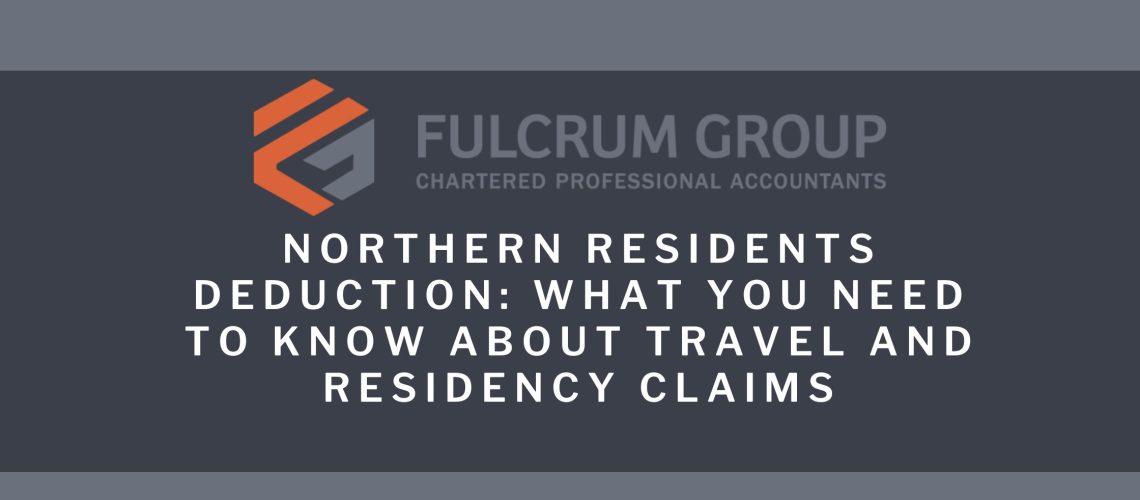🌨️ Living in northern or remote areas of Canada comes with unique challenges—higher living costs, limited services, and often, the need to travel long distances for essentials. To help offset these challenges, the federal government offers the Northern Residents Deduction, which can significantly reduce your taxable income if you qualify.
✅ Who Qualifies?
You may be eligible if you lived in a prescribed northern or intermediate zone for at least six consecutive months beginning or ending in the tax year. These zones are defined by the government and include much of northern Alberta. Grande Prairie and area is eligible for the deduction. If you are unsure if you are eligible for the deduction, the following link has a comprehensive list of prescribed zones:
🔗 https://www.canada.ca/en/revenue-agency/services/tax/individuals/topics/about-your-tax-return/tax-return/completing-a-tax-return/deductions-credits-expenses/line-25500-northern-residents-deductions/line-25500-places-located-prescribed-zones.html
💰 The Two Main Deductions
1. Residency Deduction
Basic Amount: For 2024, you can claim up to $11 per day if you lived in a Northern Zone (Zone A) and $5.50 per day for an Intermediate Zone (Zone B)137.
Additional Amount: If you are the only person in your household claiming the basic residency amount, you can claim an additional amount (doubling your deduction for those days).
2. Travel Deduction
Eligibility: You can claim travel expenses for trips that start from your prescribed zone residence. These can be for medical reasons (unlimited claims) or personal trips (up to two per person per year).
What Can Be Claimed: Eligible expenses include air, train, bus fares, vehicle costs, meals, hotels, and incidental travel expenses. You must have receipts and support for the Lowest Return Airfare (“LRA”) available at the time of your trip between your nearest airport and the closest designated city. Lowest return airfare is defined by CRA in the following link:
🔗 https://www.canada.ca/en/revenue-agency/services/tax/individuals/topics/about-your-tax-return/tax-return/completing-a-tax-return/deductions-credits-expenses/line-25500-northern-residents-deductions/line-25500-much-you-claim-a-deduction-travel-benefits/line-25500-lowest-return-airfare-table.html#a2
Family Members: Each eligible family member can have up to two personal trips claimed per year.
📝 How to Claim
Use Form T2222 when filing your tax return.
Keep all receipts and records of travel, including documentation for the LRA.
Only one person per household can claim the additional residency amount, but each eligible individual can claim their own basic residency deduction.
📌 Why This Matters
The Northern Residents Deduction is a powerful tool for reducing your taxable income if you live in eligible regions. Make sure to review your eligibility, keep detailed travel records, and claim what you’re entitled to—these tax breaks are designed to help you manage the higher costs of living and traveling in Canada’s North.
📞 For more details, always consult the Canada Revenue Agency’s official guidance or Fulcrum Group to ensure you’re maximizing your benefits.

